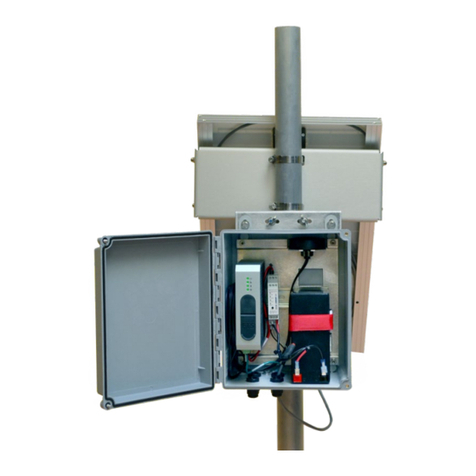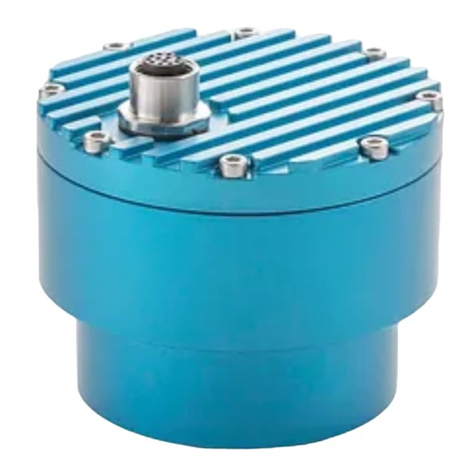
700-RSS-Man Rev.1315 Jun 2021 3/45
The SDI-RADAR emits in the K band range. The low emitting frequencies are far below the
internationally approved limit values for exposure restrictions1. When used correctly, there is no
danger to health.
The SDI-RADAR-64 emits a continuous, high frequency signal in the W band. The low emission
power is far below the internationally approved limit values for exposure restrictions. When used
correctly, there is no danger to health.
2.3.1 ELECTROMAGNETIC COMPATABILITY
Electromagnetic interference from electrical conductors and radiated emissions must be taken into
account, as is usual with class A instruments. If the instrument is used in a different environment,
the electromagnetic compatibility to other instruments must be ensured by suitable measures.
2.4 RADIO LICENSE FOR U.S./CANADA
The instrument is in conformity with part 15 of the FCC regulations. Take note of the following two
regulations:
•The instrument must not cause any interfering emissions
•The device must be insensitive to interfering emissions, including those that may cause
undesirable operating conditions
Modifications not expressly approved by the manufacturer will lead to expiry of the operating
license according to FCC/IC.
2.5 INSTALLATION LIMITATIONS-CANADA
This device has been approved for both closed containers and open-air environments with the
following limitations:
• Closed Containers: For installations utilizing a tilt during installation: This device is limited to
installation in a completely enclosed container made of metal, reinforced fiberglass or
concrete to prevent RF emissions, which can otherwise interfere with aeronautical navigation,
the maximum approved tilt angel is 10°.
• Open Air Environment: For operation outside of closed vessels, the following condition must
be fulfilled: This device shall be installed and maintained to ensure a vertically downward
orientation of the transmit antenna's main beam. Furthermore, the use of any mechanism
that does not allow the main beam of the transmitter to be mounted vertically downward is
prohibited.
• The installation of the device shall be done by trained installers, in strict compliance with the
manufacturer's instructions.
1The International limit value for radiation of persons is < 10 mW/m² for a continuous emission. The FTS Radar Stage
Sensor operates emits <10μW/m² in pulsed emissions.


































